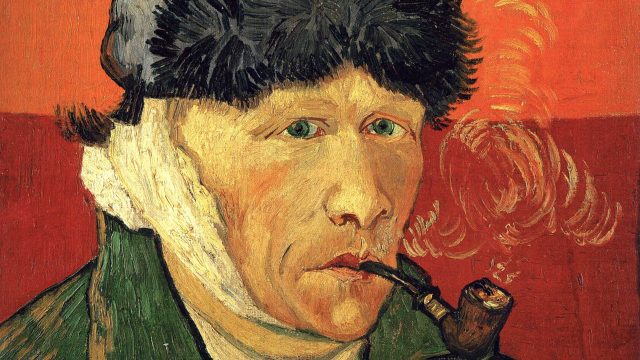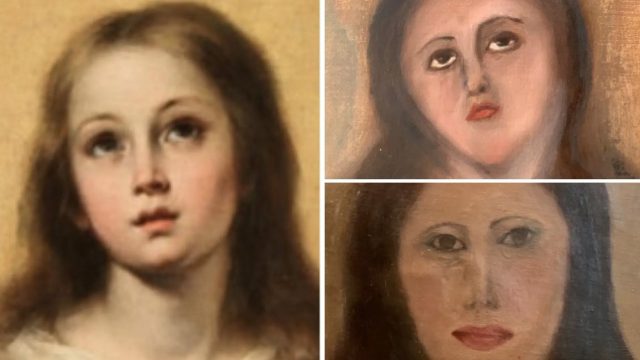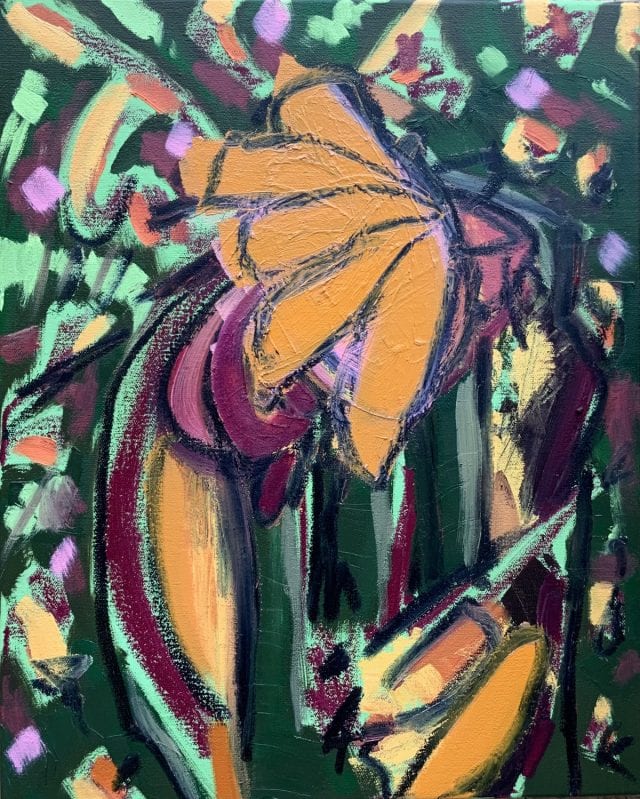Discussing mental health is gradually becoming more common as families, friends, and colleagues search for compassionate ways to support people who are suffering, helping them move past feelings of shame and isolation through awareness that they are not alone. Mind, the mental health charity, states that:
- 1 in 4 people will experience a mental health problem of some kind each year in England.
- 1 in 6 people report experiencing a common mental health problem (like anxiety and depression) in any given week in England.
During the COVID19 pandemic, familiar routines have been disrupted, visits with loved ones and connections with support networks have been limited, and uncertainty in all aspects of life have become the norm. Acknowledging this impact, there have been several UK government campaigns to encourage people to seek the help they need. In March 2021, £500 million was committed to the government’s mental health recovery plan.
The Arts is an industry particularly hard hit by the pandemic – with museums, galleries and performance venues closed, jobs lost, and many artists having to depend on self-employment COVID grants to make ends meet. Additionally, people who depended on in-person access to culture (whether arts, music, literature) as a form of self-care have faced the loss of these resources. In UCL’s COVID-19 Social Study,
Roughly 70% of the young adults aged 18-29 reported missing cultural institutions, even though normally older adults aged 60+ are more frequent visitors.
Bloomberg Philanthropies
While physical access to art has been limited, art therapy has hit the headlines as being a useful tool for coping with the pressures of the pandemic. Increasingly, art therapy is being used in online teaching at schools, and academics have published research highlighting art therapy’s effectiveness during COVID19.
The COVID-19 Social Study, led by Dr. Daisy Fancourt of the University College of London, has tracked arts participation and mental health in a cohort of 72,000 UK adults aged 18 and older on a weekly basis since March. The data suggests that people who have spent 30 minutes or more each day during the pandemic on art activities like reading for pleasure, listening to music, or engaging in a creative hobby have lower reported rates of depression and anxiety and greater life satisfaction.
Bloomberg Philanthropies
The American Art Therapy Association put together resources for the public to use art therapy during the pandemic. Organisations like Teapot Trust, Association for Dance Movement Psychotherapy UK, British Association of Dramatherapists, Nordoff Robbins Trust, Roundabout Dramatherapy and British Association for Music Therapy continue to provide invaluable resources.
Olivia Laing published Funny Weather: Art in an Emergency, the importance of art as a coping tool, both now and historically. She reflects that during the pandemic:
Art has begun to feel not like a respite or an escape, but a formidable tool for gaining perspective on what are increasingly troubled times.
Feeling overwhelmed? How art can help in an emergency by Olivia Laing
Firstsite, a visual arts museum in Essex, utilised artists such as Jeremy Dellar, Ryan Gander, Antony Gormley, Idris Khan, Michael Landy, Mark Wallinger, Gillian Wearing, Chantal Joffe, Annie Morris, Cornelia Parker, Richard Wentworth, Eddie Peake and Grayson Perry to contribute to Art is where the home is activity packs for people to complete at home.
While art therapy received increased attention during the pandemic, it is certainly not a new concept. Art therapy originated in the UK and was the brainchild of Adrian Hill and Edward Adamson. Adrian Hill wrote Art Versus Illness in 1945, which explored the use of art as a form of occupational therapy and a tool to recover from illness. He based this on his own experience of creating art whilst recovering from tuberculosis. Hill met Edward Adamson while working for the Red Cross Picture library, which placed paintings in hospitals to aid convalescence. Adamson later started the Adamson Collection (now the Adamson Collection Trust), which “works to secure and promote the collection – some 5000 artworks, recognised as historical mental health artefacts and an internationally important collection of Asylum Art and Outsider Art.” Both men devoted their lives to the development of art therapy as a viable psychotherapy practice. Adamson was employed by the NHS as an art therapist and was a founder of the British Association of Art Therapists.
Art therapy has since grown into a respected field of psychotherapy. Originally, Hill and Adamson saw the creation of visual art as a tool for healing; today, art therapists encourage patients to use art as a tool for expressing and communicating thoughts and feelings, moving on from traumatic events, and building self-worth and self-esteem. The focus is much more on facilitating an outlet and means of garnering self-awareness rather than the process itself healing the patient. The Centre for Arts in Medicine is currently pioneering a study that examines the impact of arts on public health – signalling an awareness that arts and culture could contribute to systemic public health problems.
Unfortunately, access to art therapy in the UK often still requires patients to pay out of pocket. However, some NHS Trusts offer art therapy, and more may offer this resource with the rollout of the government’s mental health recovery plan. NHS Lothian has an Art Therapies Service, which provides inpatient and outpatient therapy using drama, art, dance and music. They put together an excellent selection of self-care art resources for use during the pandemic. NHS Devon Partnership lists art therapy as one of their psychological psychotherapy options. As more and more children are being diagnosed with mental health conditions, there is greater demand for Play and Creative Therapists. Art Therapy is also being used increasingly as a complementary therapy for cancer treatment and complementary treatment for PTSD. Further afield, the US Department of Defence uses Healing Arts in their Warrior Care, encouraging service people and veterans to use art as an outlet to deal with post-traumatic stress, traumatic brain injury, and depression.
Art therapy is a competitive field, but you can qualify either through a Masters in Art Therapy/Art Psychotherapy or through a degree apprenticeship. The British Association of Art Therapists has responded to the growing need for practitioners in the wake of the pandemic by running Diploma courses.





